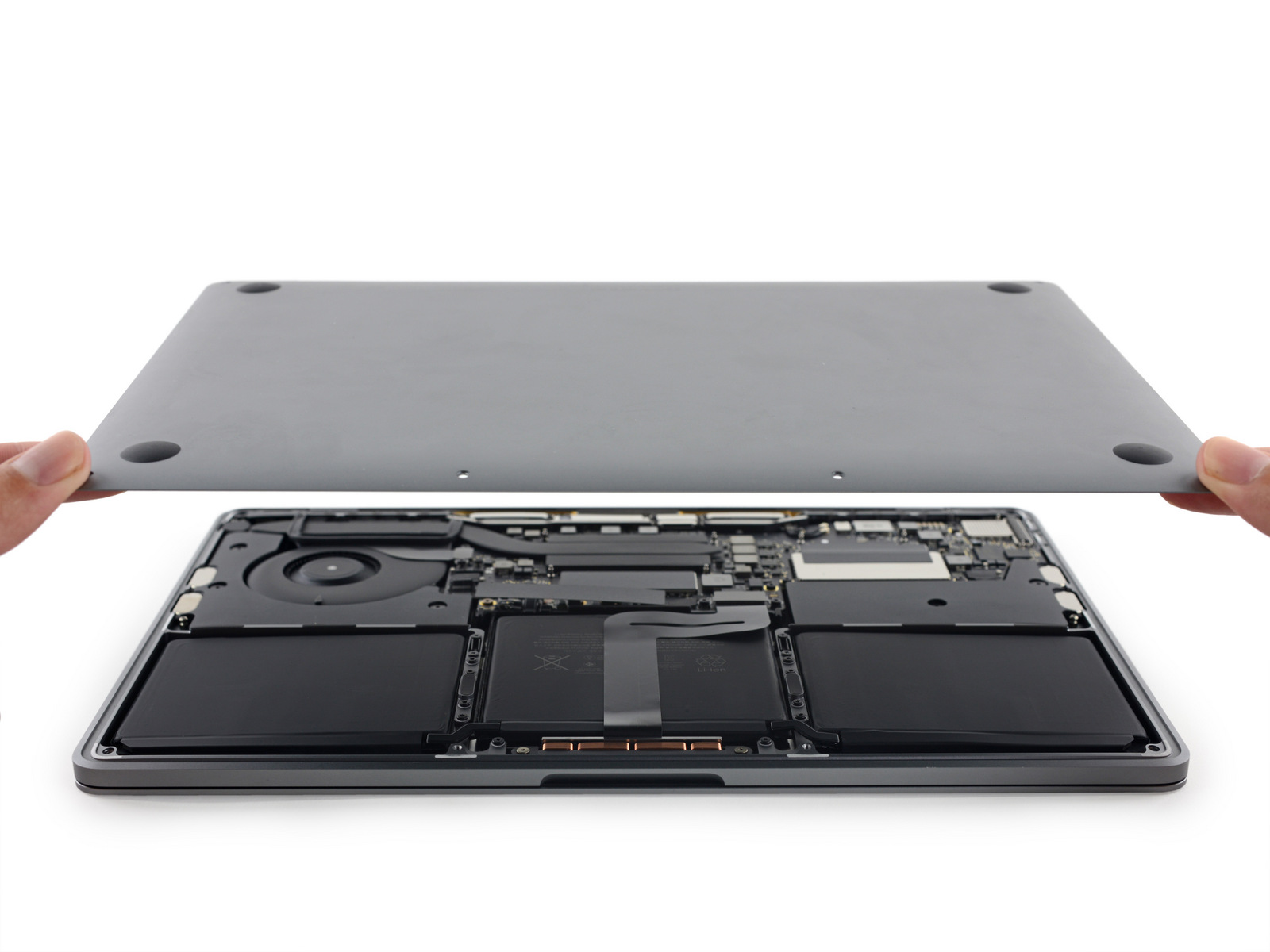Much has been said about the limits of the new MacBook Pro and the fact that its memory is capped at 16GB, presumably to preserve battery. Some users see this as a terrible limitation that could slow them down when performing memory-intensive tasks. But does the new MacBook Pro really need 32GB of RAM? Robin Harris, writing for ZDNet doesn’t believe so:
First, Apple has pushed SSD performance to the max, writing at over 2GB/s and reading at over 3GB/s. That’s important because the faster the storage is, the more fluid moving pages from DRAM to a drive becomes. The storage is literally an extension of the memory, and fast storage reduces paging overhead.
Second, macOS does memory compression, and has since Mavericks was released in 2013. Memory compression has two important benefits: 1) it expands the effective RAM capacity by 50 to 75 percent, and 2) and shrinks the page file, freeing up more DRAM capacity.
But what about video editing, you may ask? Harris points us to a series of tests carried out by pro video editor Max Yuryev who performed various tasks using Final Cut Pro X and Adobe Premiere Pro on his iMac with 8GB of RAM, 16GB, 24GB, and 32GB. What Yuryev found is that RAM doesn’t make that much of a difference, especially once you go over 16GB of RAM.
Harris concludes that the combination of the fast SSD performance coupled with memory compression makes 16GB of RAM plenty for most users, including those with video needs above average. Of course, these tests aren’t necessarily representative of all potential use cases for more RAM, but they do paint an interesting picture that doesn’t seem as dooming for the new MacBook Pro.
Sources: ZDNet and Max Yuryev
